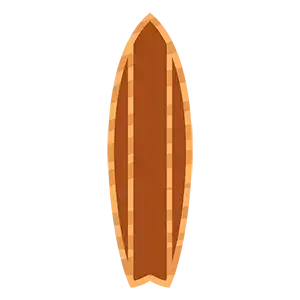
The Evolution of Versatility: Exploring the World of Hybrid Surfboards
Surfing, with its diverse waves and conditions, has spurred constant innovation in surfboard design. Among the many evolutions, the hybrid surfboard has emerged as a versatile and adaptable option, bridging the gap between shortboards and longboards. In this comprehensive exploration, we delve into the history, characteristics, and riding experience of hybrid surfboards, uncovering the reasons behind their popularity and their impact on the surfing community.
Unveiling the Hybrid Surfboard: A Balancing Act
Defining the Hybrid Surfboard
Hybrid surfboards represent a unique fusion of shortboard and longboard characteristics, aiming to provide surfers with a versatile and well-balanced option. These boards often feature a blend of design elements, including a more rounded nose, moderate rocker, and a balanced volume distribution. With customizable fin setups, hybrid surfboards offer surfers the flexibility to tailor their ride to different wave conditions and personal preferences.
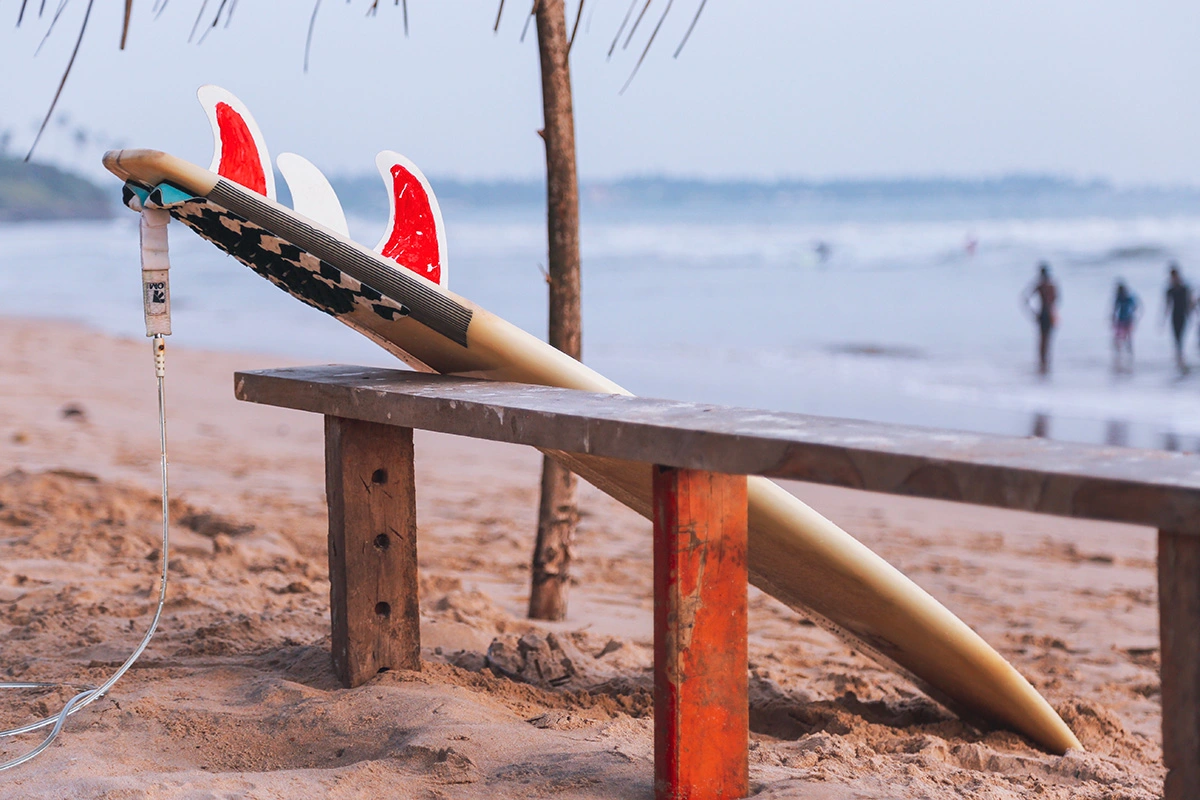
Key Characteristics:
- Versatile Shape:
- A hybrid surfboard typically features a shape that draws elements from both shortboards and longboards, providing a versatile and adaptable platform.
- The rounded nose contributes to increased paddle efficiency, while the moderate rocker allows for smooth turns and maneuverability.
- Balanced Volume:
- Hybrid surfboards strike a balance in volume, providing stability for paddling and wave-catching while maintaining a responsive feel in various surfing maneuvers.
- The volume distribution is designed to accommodate a range of skill levels, making hybrids accessible to both beginners and experienced surfers.
- Customizable Fin Setups:
- The ability to configure different fin setups enhances the customization options for surfers. Common setups include thruster, quad, or even a 2+1 configuration, allowing for varied performance in different conditions.
Purpose and Versatility
The primary purpose of hybrid surfboards is to offer surfers a board that performs well in diverse wave conditions. These boards are designed to be user-friendly for those progressing beyond beginner stages while providing enough performance for more experienced surfers. The versatility of hybrids makes them suitable for small, mushy waves as well as more powerful, well-formed waves.
Maneuverability and Control
Hybrid surfboards excel in providing a balanced mix of maneuverability and control. Surfers can expect smooth turns and responsive rides, thanks to the combination of design elements borrowed from both shortboards and longboards. The moderate rocker allows surfers to navigate the wave face with ease, while the balanced volume ensures stability during critical maneuvers.
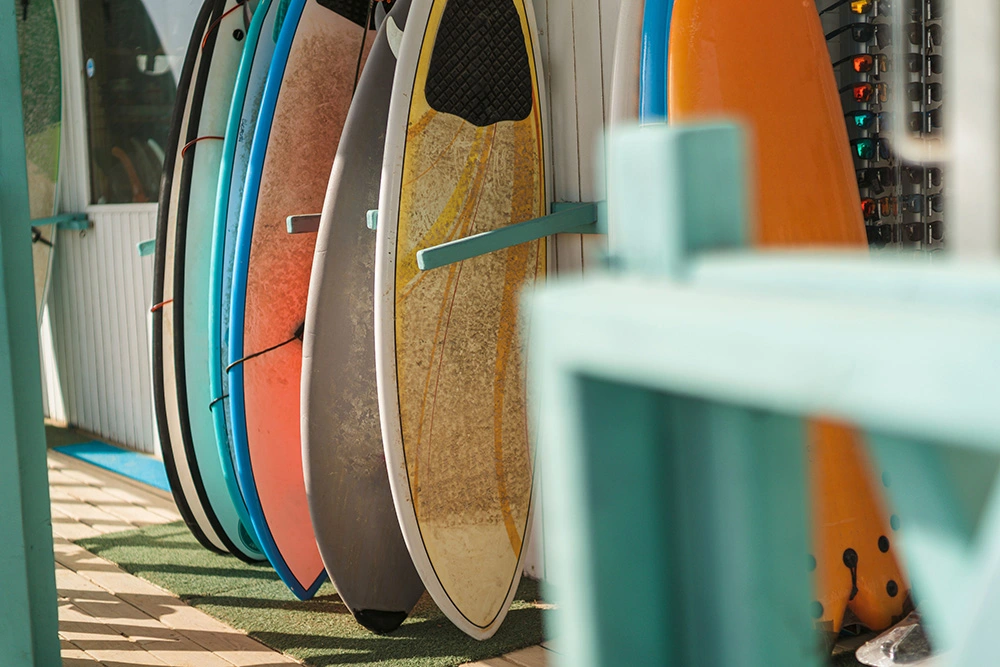
Tracing the Origins: The Birth of Versatility
Emergence of Hybrid Designs:
The concept of the hybrid surfboard began to gain traction as surfers sought a single board that could handle a variety of conditions. Shapers, in response to this demand, started experimenting with combining design elements from different types of boards.
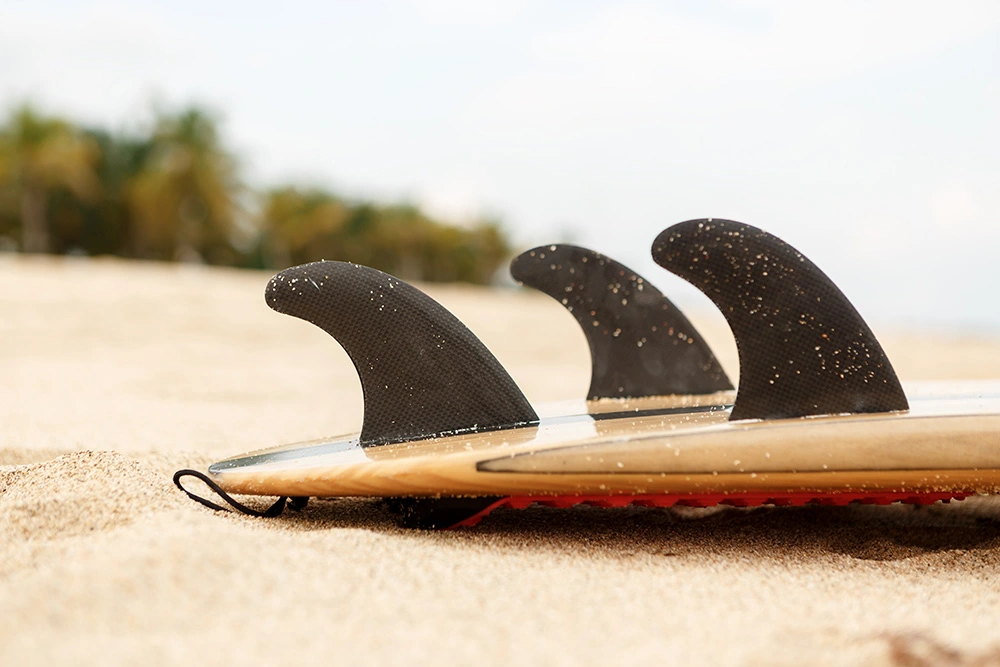
Evolution in the Late 20th Century:
Refining the Design:
- In the late 20th century, as surfing continued to evolve, shapers began refining the design of hybrid surfboards to meet the changing needs of surfers.
- Innovations included adjustments to rocker profiles, experimenting with fin setups, and fine-tuning the overall shape for improved performance.
Widespread Adoption in the 21st Century:
- Hybrid surfboards gained widespread popularity in the 21st century, becoming a staple in many surfers’ quivers.
- The versatility offered by hybrid surfboards designs appealed to surfers of different skill levels, contributing to their broad adoption across the global surfing community.
Customization and Technological Advances:
Tailoring to Individual Preferences:
- Modern hybrid surfboards often involve a collaborative process between shapers and surfers, allowing for customization to suit individual preferences.
- Shapers take into account factors such as the surfer’s skill level, preferred wave types, and desired performance characteristics.
Incorporation of Modern Materials:
- Advancements in shaping technology and materials have played a significant role in the evolution of hybrid surfboards.
- Some modern hybrid surfboards incorporate high-tech materials like carbon fiber and epoxy resins, enhancing performance without compromising durability.
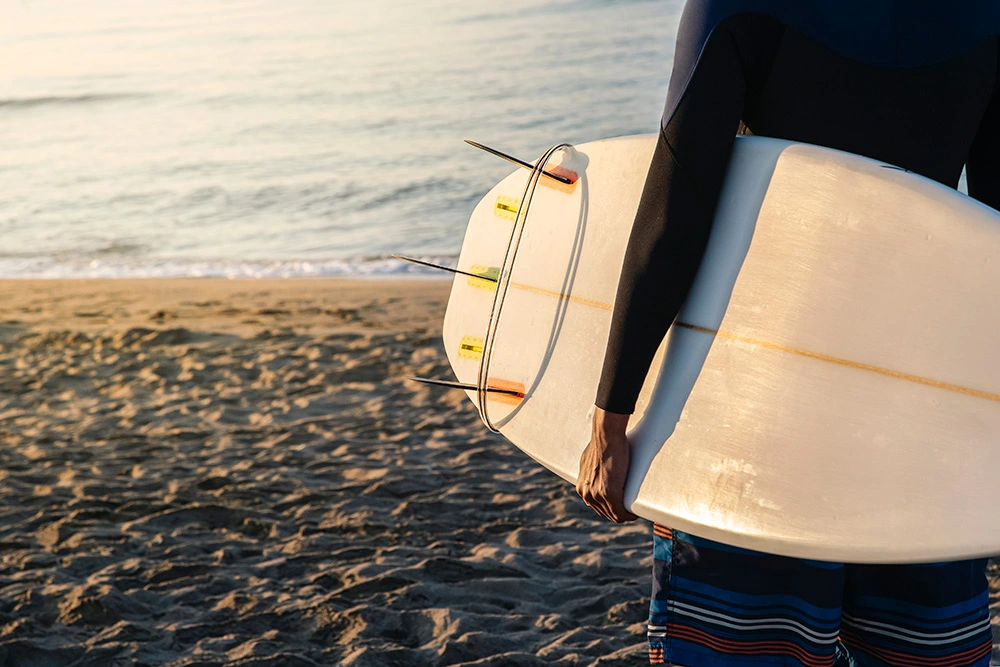
Integration of Contemporary Design Elements:
Inspiration from Other Board Types:
- Contemporary hybrid surfboard designs may draw inspiration from alternative board types, such as incorporating elements from fish-inspired outlines or high-performance shortboards.
- Shapers experiment with various design features to create unique hybrid surfboards that push the boundaries of versatility.

Riding the Wave: The Hybrid Surfboard Experience
Versatility for All Skill Levels:
Beginner-Friendly Stability:
- Hybrid surfboards provide stability that is particularly beneficial for beginners.
- The balanced volume and forgiving nature of hybrids make them an excellent choice for those progressing beyond the initial learning stages.
Progressive Performance:
- More experienced surfers appreciate the progressive performance offered by hybrid surfboards.
- The ability to execute smooth turns, generate speed, and handle a variety of wave conditions makes hybrids an attractive option for surfers looking to push their skills.
Wave Conditions and Adaptability:
Thriving in Different Wave Types:
- Hybrid surfboards are designed to thrive in various wave conditions, making them a versatile choice for surfers in different locations.
- From small, crumbly waves to more powerful and well-defined breaks, hybrids adapt to the characteristics of the waves.
Customizable Fin Setups:
- The flexibility to configure different fin setups allows surfers to fine-tune the performance of their hybrid boards.
- Surfers can experiment with thruster setups for added control, quad setups for speed, or a 2+1 configuration for a blend of stability and maneuverability.

Maneuvering and Performance:
Balanced Maneuverability:
- Hybrid surfboards strike a balance in maneuverability, providing surfers with the ability to execute smooth, flowing turns.
- The moderate rocker and versatile outline contribute to a responsive feel on the wave face.
Control in Critical Sections:
- The design of hybrid surfboards allows for control during critical sections of the wave, enhancing the overall surfing experience.
- Surfers can confidently navigate steep drops and execute maneuvers with precision.
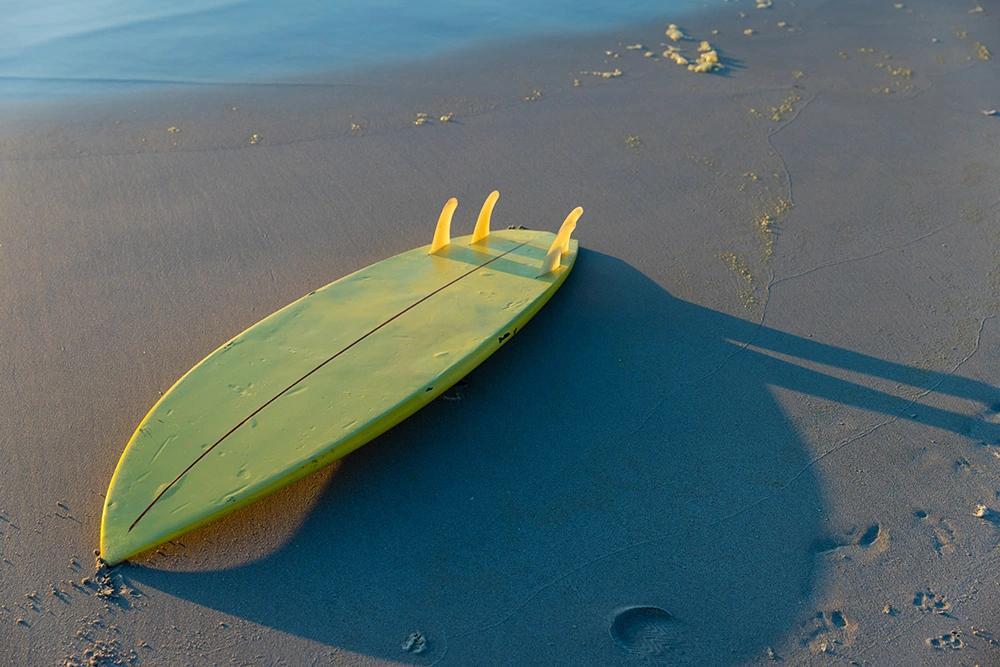

Conclusion
Hybrid surfboards have etched their place in the surfing world as the epitome of versatility. From their emergence as a response to the need for an all-encompassing board to their evolution with contemporary design elements, hybrids have become a staple in the quivers of surfers worldwide. The rich history of hybrid surfboards reflects a continuous pursuit of balance and performance, allowing surfers of all levels to experience the joy of riding waves in diverse conditions.
As surfers continue to seek the perfect balance between stability and performance, the hybrid surfboard stands as a testament to the creativity and innovation within the surfing community. Whether you’re a beginner navigating your first waves or an experienced surfer exploring the nuances of different breaks, the hybrid surfboard opens up a world of possibilities, embodying the essence of the surfer’s eternal quest for the perfect ride.



